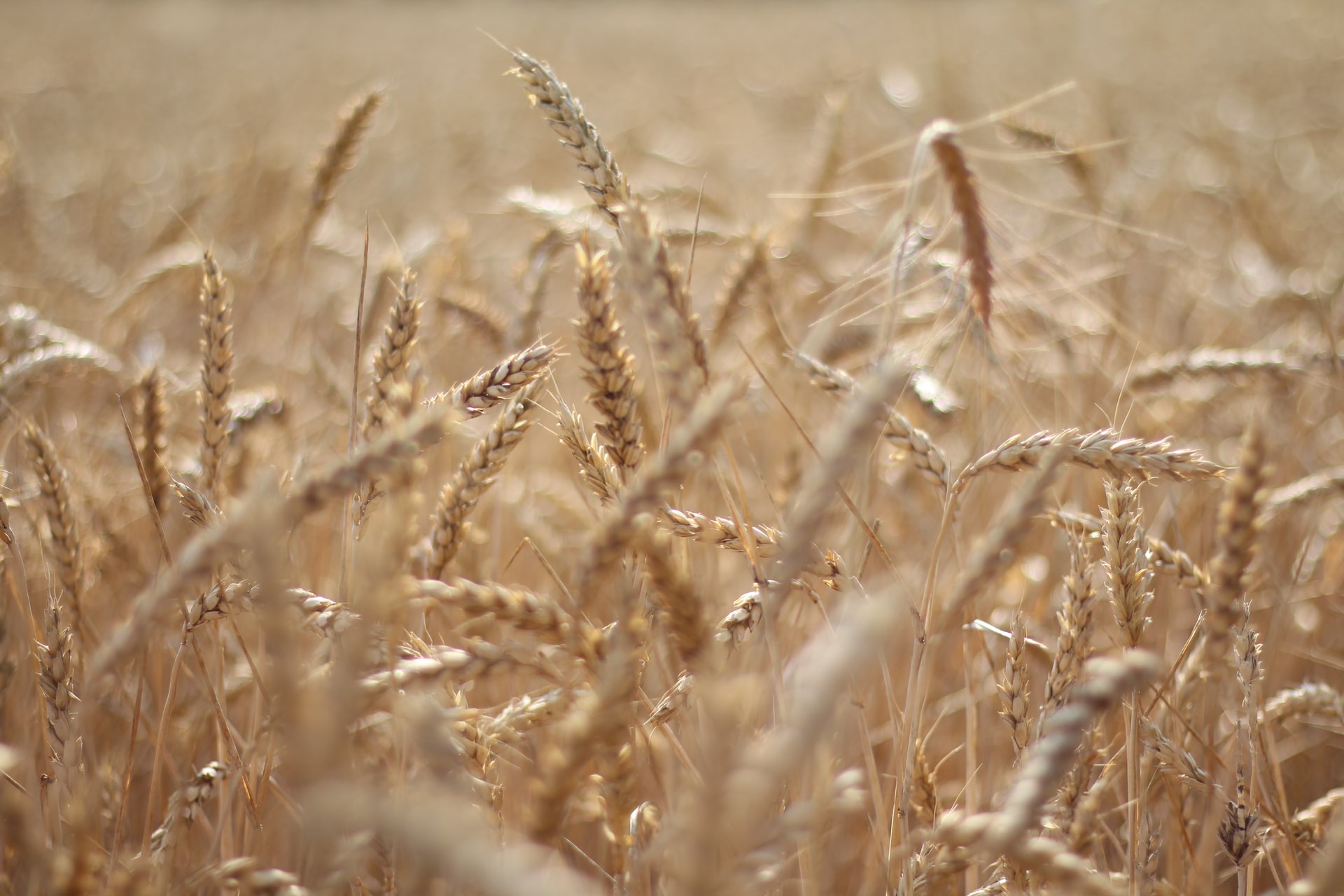Harvest plans critical for another big crop
By Matt Wallis
19th August, 2022
With spring now only two weeks around the corner and the growing season well underway, crop forecasters are beginning to make their rounds in what is set up to be one of the most challenging crops to pick of recent times. With such a drawn-out sowing program due to one of the wettest starts to the year on record, we are observing such a staggered and highly variable maturing crop across the eastern cropping belts. Not only that, but there is also significant amount of winter cropping acres that will go unplanted coinciding with a large proportion of the crop sown under sub optimal conditions.
Having said that, any crop that was sown early is looking exceptional for the most part and continues to benefit from additional precipitation. The northwestern Riverina in particular is shaping up for another exceptional year as with isolated areas of the central west.
The uncertainty around winter production prospects is clearly demonstrated by the lack of grower interest in the new crop markets with the lowest forward program booked for this time of year in some time. Even with the high pricing environment it is suggested that less than 15% of the crop has been forward sold with a substantial number of growers yet to trouble the scorers.
With the Bureau of Meteorology forecasting above average rainfall through to late spring due to the continuation of negative IOD conditions, it will be challenging to see the status quo bucked and the farmer sold percentage on the east coast increasing by meaningful volumes prior to harvest kicking off.
With the east coast crop conditions well documented, it would be remiss to not make mention of the terrific conditions throughout the Victorian, South Australia and Western Australian cropping belt.
Relative to the 21/22 season, the NDVI data illustrates SA as a whole to be tracking slightly better than last year, Western Australia ever so slightly below last year’s record and Victoria tracking the highs of 2016 driven primarily by an exceptional start in the Mallee and Wimmera.
Overall Australia looks poised to go three in a row with another exceptional crop shaping up to hit the bins this harvest.
Although very early to take this with much weight, forecasters are calling this coming canola crop to be one of the biggest on record again driven primarily by a larger acreage planted. The variability is highlighted within these forecasts which range from 5.5 to 7 million metric tons.
Cereals are due to be another big winner with the general consensus between forecasts pegging the wheat crop over 30 million metric tons again and barley over 10 million tons.
With such a large crop approaching and an already stressed supply chain, harvest planning will be ever so important this year to ensure the process runs as smooth as it possibly can on all fronts. For those caught up in the year, the reality is that harvest is now less than two months away and will be here before we know it
Ships Ahoy

Last week saw the first grain ships departing Ukraine since February invasion signalling, that at least for now, Moscow intends to honour the safe passage agreement brokered late last month...
Read MoreCash market slips and grain growers pull back from selling

The BOM recently released its three month outlook for August to October and the current weather patterns look set to continue...
Read MoreSowing success a mixed bad across eastern states

As we speed along into August, the New South Wales crop continues to emerge and progress in a very mixed fashion...
Read MoreToo many lions, not enough shares

While the humanitarian aspect of the Eastern European situation remains terrible, it has undoubtedly provided very favourable market conditions for us here in Australia to participate in...
Read MoreSeason bodes well for most grain growers

As we approach the mid-point of the winter months, the Australian crop conditions are for the most part, well setup right across the country.
Read MoreGrain prices go for elevator ride

The saying goes that markets take the stairs up and the elevator down, which suggests that markets tend to fall faster than they rise.
Read More